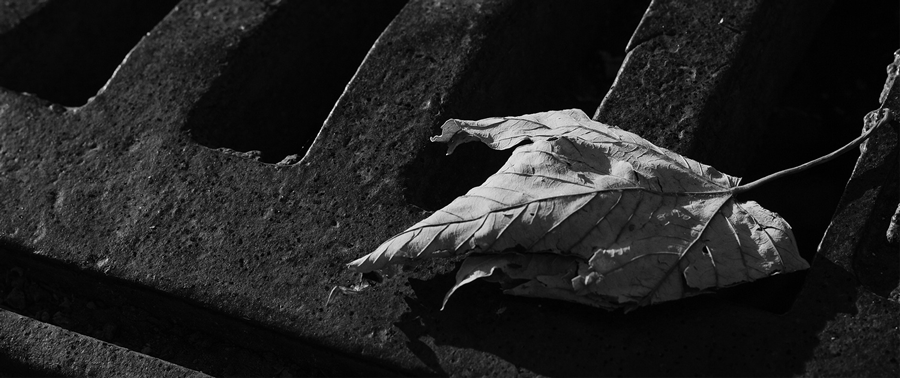Drain Cleaning in Our Parish
Not the most exciting topic perhaps, but a function that needs to be carried out on a regular basis if local flooding to be avoided.
This function is carried out by KCC Highways – Transportation & Waste.
The following information is from their “Draining Cleansing Programme 2015/16″……….
Sent on behalf of Kent County Council Highways Transportation & Waste
Every year we deliver a programme of scheduled gully (roadside drain) cleansing. Following requests from Members and Parish Councils, attached is a copy of the 2015/16 programme.
How often is gully cleansing carried out?
We carry out gully cleansing on main roads every 12 months. We also carry out cleansing at around 250 sites where we know that the drains are particularly prone to becoming blocked and result in flooding. The drains at these locations are cleaned once every 6 months. This is the most cost effective way to work on these roads and enables us to minimise the disruption caused to local residents.
All other drainage assets, including soakaways, highway ditches, highway ponds, culverts and grips, are maintained on a targeted basis. This means that cleansing is arranged in response to enquiries and reports of flooding. Cleansing is prioritised at sites where there is a risk to road safety or homes.
If you have blocked drains that are posing a risk to safety or affecting homes and we are not due to attend to them please report them. The best way to do this is with the online fault reporting tool which also allows you to track you enquiry: http://www.kent.gov.uk/roads-and-travel/report-a-problem
What will the operatives do when they attend each site?
First an operative inspects the drains and notes any damaged or missing covers. If a cover is missing, it is reported to the team in the depot so that a temporary cover can be put in place to make the drain safe. Next any silt and debris is removed from the drain with a large vacuum pump. Finally the crew flood test the drain by filling it with water and checking that it is able to flow away.
On completion of each job, the operatives record the number of drains that they have cleaned and any defects that they have found are recorded.
We have a short film on our website explaining in more detail how we maintain our roadside drains: http://www.kent.gov.uk/roads-and-travel/what-we-look-after/drainage-systems
Charing drainage Plans 15/16 (PDF opens in new window).

